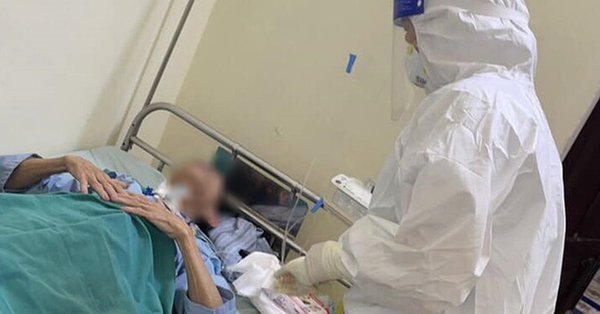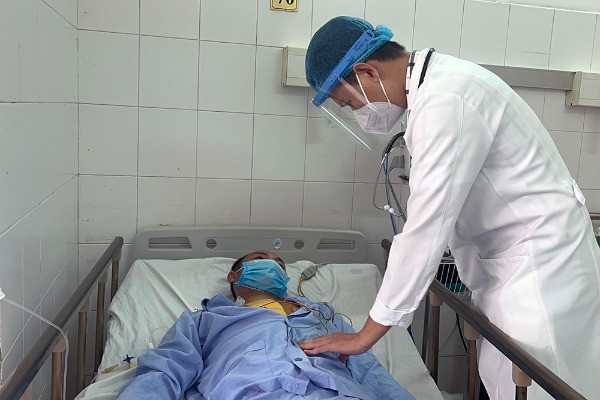A 9-year-old girl in Ea Sup district was admitted to the hospital with symptoms of high fever, enlarged parotid glands, pus-filled jaw angle, pain, and limited opening of the mouth, diagnosed with Whitmore’s disease.
According to a representative of the Center for Disease Control (CDC) in Dak Lak, the baby had a continuous fever of 39 degrees Celsius, the parotid abscess was incision, and had loose bowel movements 5 times a day. The test result was positive for Burkholderia Pseudomallei – the bacterium that causes Whitmore’s disease, also known as “flesh-eating bacteria“, diagnose sepsis, meningitis.
This is the first person in Dak Lak to be diagnosed with Whitmore’s disease – a disease that has been forgotten many years and the last few years reappears.
On the morning of June 8, Mr. Nay Phi La, Director of the Health Department of Dak Lak province, said that the health sector is investigating the epidemiology of this Whitmore case. It is not clear where the baby came into contact with the source of the bacterial infection, but started showing symptoms 10 days before being admitted to the hospital on June 4.
Whitmore It is an acute infectious disease caused by the Gram-negative bacteria Burkholderia pseudomallei. This bacteria lives on the surface of water and in soil, especially mud, and is transmitted to humans through abrasions on the skin or through the respiratory tract when inhaled dust particles or droplets in the air containing bacteria. bacteria, especially in the rainy season. In Viet Namabout 70% of Whitmore hospitalizations between September and November. The number of patients increases in proportion to the amount of rain.
Whitmore’s disease occurs in all ages, both men and women, most of whom have occupations that have direct and frequent contact with soil and water. People with chronic diseases such as diabetes, kidney, lung, immunocompromised… are susceptible to this bacteria. World literature records that children with Whitmore account for 5-15% of all cases. There is currently no vaccine to prevent the disease.
Signs of illness is an infection that forms a pus cavity, fever, headache, loss of appetite, cough, shortness of breath, chest pain, and muscle aches. The incubation period ranges from one to 21 days, with an average of 9 days. Symptoms usually appear two to four weeks after exposure to the bacteria.
Whitmore is considered an “imposter” by doctors because there are no obvious clinical signs and signs that are easily mistaken for other diseases such as pneumonia, tuberculosis, muscle abscess, sepsis caused by other bacteria. such as staphylococci, streptococci… Accurate diagnosis of the disease must be based on tests for isolating and identifying bacteria in blood, pus, sputum, urine, or cerebrospinal fluid samples.
Doctors recommend preventive measures including wearing protective shoes, boots and gloves when working in water environments. People with diabetes, chronic kidney disease, scratches or open wounds on the skin should avoid contact with places with contaminated water and soil.

An accurate diagnosis of Whitmore’s disease must be based on tests for isolating and identifying the bacteria in blood, pus, sputum, urine, or cerebrospinal fluid specimens. Image: Luke Duggleby
Ngoc Oanh
at Blogtuan.info – Source: vnexpress.net – Read the original article here


